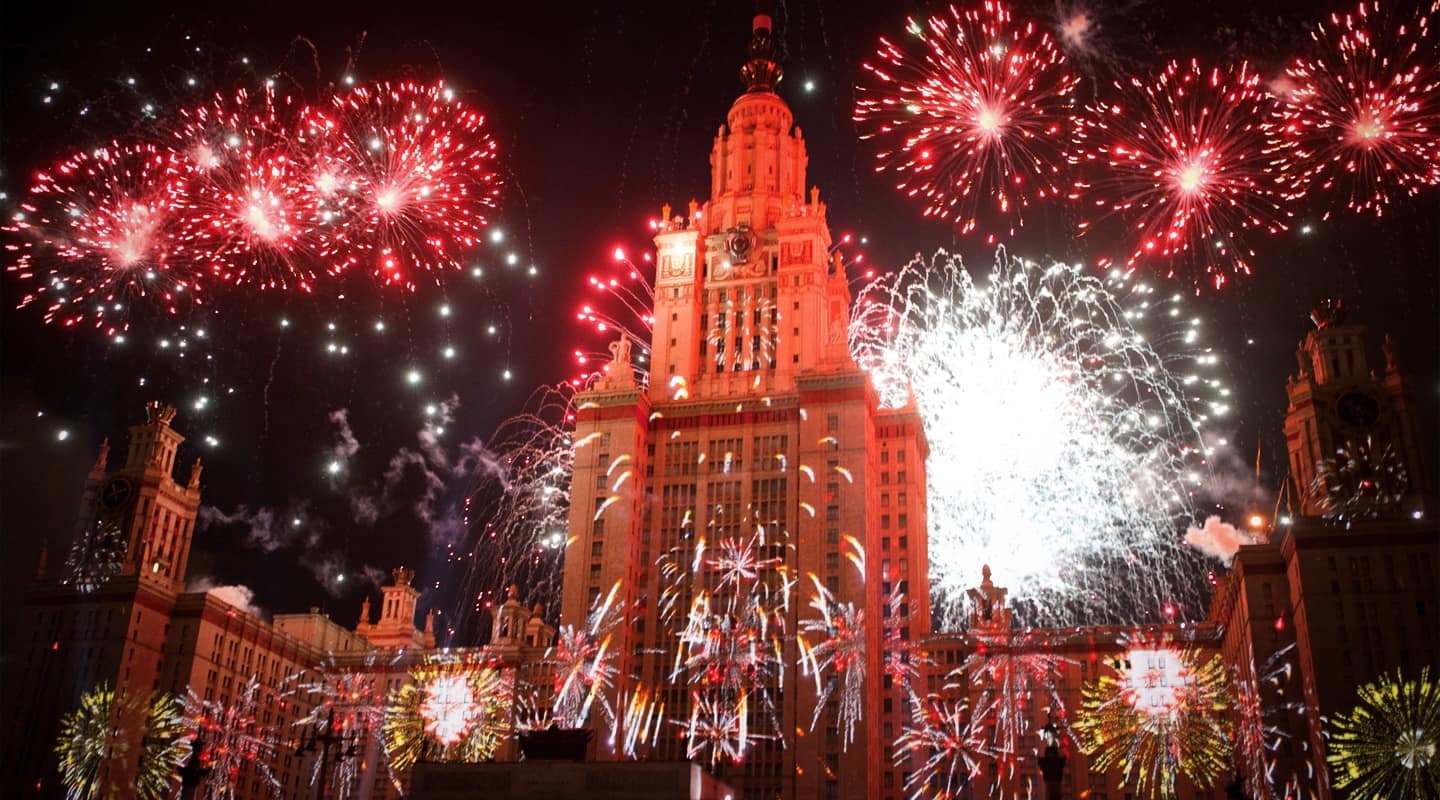
Banking On A Record
David Atkins celebrates Moscow’s Federal City Day without a single tap-dancer. Happy 846th!
Text:/ Matt Caton
Sure, who hasn’t been to a birthday or anniversary celebration where somebody has gone overboard with the entertainment? However, I must admit that no matter what elaborate prank or obscene gimmick I’ve seen at various parties, none of them has ever earned a Guinness World Record. Russia’s Alfa Bank managed to achieve such a feat during their 20th anniversary celebration, which complemented the celebration of Moscow’s 864th birthday, by commissioning the largest mapped video projection ever attempted on a building.
Now, if you’re thinking that anything this spectacular would have to have some Aussies involved, then you’d be bang on the money. Alfa Bank engaged Australian event producers David Atkins Enterprises (DAE) to deliver this spectacular off the back of its 20-year history with large-scale ceremonies and video mapping achievements. What followed can only be described as phenomenal, as David Atkins created and directed a 30-minute visual experience, that celebrated Moscow’s long and eventful history, as well as its present and future.
Played live to 300,000 patrons in front of the event’s canvas – the 25,500sqm facade of the Moscow State University building – this visual extravaganza has set a new benchmark in live production. The spectacle transported its audience on a journey from Moscow to different worlds, through natural landscapes and masterpieces of architecture, famous attractions and into the realms of the human imagination. There really are no words or photos that can convey just how impressive this event was. (Let’s face it, those Guinness people don’t throw its records around lightly).
EXCITEMENT IS BUILDING
The centrepiece of the show was the video mapped onto the building’s immense facade. Taking viewers on a haunting visual journey, the 30-minute video program included every trick and effect in the video-mapping book; creating and deconstructing iconic images and Russian masterpieces, and scenes of nature and technology. At one point, the building iced up, collapsed to the ground and refilled to transform into a giant aquarium. The building disappeared and was rebuilt numerous times, and became the stage for everything from flame-spitting dragons and ancient Roman characters to several Wonders of the World.
The eight weeks of preparation saw DAE’s creative director of digital content, Robbie Klaesi, busy from the very start: “We had some intense creative difficulties initially. The building’s sandstone surface didn’t do much for punching true colour or contrast, but we overcame this with some totally full-on, right-off-the-Richter-scale, contrast and colour saturation tweaks.” Getting a true ‘white’ proved tricky, but “wearing your sun glasses when previewing content really does help!” The animations for the video content were created in Australia by The Spinifex Group.
A total of 81 of Christie’s Xenon-powered projectors were used to cover the 6.3 acres of building facade. Supplied by ETC Russia were 56 Roadster S+20K (3kW, 20,000 ANSI lumen) and 15 Roadie HD+35K (6kW, 32,500 ANSI lumen) projectors. Image content was distributed in DVI format via optical fibre.
One of the critical aspects of a video mapping project such as this is the media server driving it, and DAE once again used ETC’s Onlyview. “Since the 2006 Doha Asian Games, Onlyview is the only system we use,” explains Robbie, who has been involved with the Onlyview software on the 2010 Montreal Winter Olympic opening ceremony, and used it for the LED screens in the acclaimed Australian production of Hairspray (see AV Issue 14) [and for the Rugby World Cup opening ceremony that features elsewhere in this issue – Ed]. Onlyview allows synchronisation of any number of video projectors into a single panoramic video, allowing a projection of absolutely any size. Quite necessary when covering a building facade of this size.
(above) While 5000 real pyrotechnics were bursting around the Moscow State University building, at the end of the 30-minute video segment of the show, the mapped video extended the look with projected pyro effects. Photo: Meredith Whitford



FOLLOW THE MASTER
Accompanying the 30 minutes of video content was an audio and effects track created by musical director David Pierce. The audio track actually drove the entire sequence, as the event’s production editor and senior replay operator Steve Logan explains: “The replay systems supplied the music and sound effects as well as the timecode tracks. Timecode was sent from the replay system to video, lighting, pyrotechnics, flames, automation, stage management and broadcast. The replay followed the call from the Stage Manager and started and stopped the show as required.” Twelve L-Acoustics Kudo line arrays were used for main coverage and delay stacks, which ensured that all spectators from Moscow University to the various viewing points were able to see and hear the show in all its splendour!
The playback facility consisted of three ProTools systems, two of which provided the dual-redundant replay, while the third was used for production editing and for fill loops during replay. The main and backup systems were equipped with Euphonix MC controllers supplied by Auditoria, while a 24 x 8 mixer was used to bring everything together. Timecode was sent via distribution amplifiers to the required destinations, while network-distributed timecode was supplied to the readers used by stage management and anyone else who needed a visual reference.
“”
The building’s sandstone surface didn’t do much for punching true colour or contrast, but we overcame this with some totally full-on, right-off-the-Richter-scale, contrast and colour saturation tweaks


THE FOURTH DIMENSION
Impressive as it was, the video content was only part of a spectacular that included live performances accompanied by lighting, pyrotechnics, bubble and snow machines, which provided the rationale for claiming the ‘4D’ aspect to the production. All of these elements were triggered to match and marry with the visual effects. Live performances included French free-climber Alain Robert, known as the French Spiderman, who scaled the constantly-changing facade of the building, as well as Russian opera diva Anna Polovinkina who sang excerpts from Borodin’s Prince Igor Suite.
Lighting was in the trusted hands of lighting designer Trudy Dalgleish. Having to balance the lighting with the projection, while also lighting the audience for the TV coverage and enhancing the snow and rain effects and the 50,000 balloons that were in the air; all without hitting or washing out any of the projections, were just some of the challenges to the design. Trudy explains: “The other and harder part of my job was to light the large portico building that led directly to the main building and was in the centre bottom of all the projection shots. For some reason this could not be projection-mapped, so my brief was to meld this building into the projection during the show. I ended up with over 200 lighting cues over the 30 minutes that were timecode-locked to the projection. Every time the images changed, so did the lighting on the portico building. It was a challenge, as matching the colour was sometimes almost impossible, so I used textured gobos to help meld it in.”
Trudy programmed and operated the GrandMA1 console herself. The lighting crew were from PRG Belgium, while the Russian crew in charge of all production infrastructure were Kometa Productions. The portico was lit using DTS Delta 7 RGB wash fixtures, Martin Mac 2000 XB washes, PRG Bad Boys and 40 Ireos 7kW searchlights. The stage itself was lit with a mix of VariLite 3000 profiles, Martin Mac 2000 XB washes and two Lycian long-throw followspots. All lighting equipment was supplied by PRG.
Pyrotechnics and special effects were supplied by Orion Art, with more than 5000 condensed explosive charges and fireworks effects lighting up the night sky and 50,000 balloons released to celebrate Moscow’s 864th birthday.
A MOSCOW & SEE
As well as the estimated 300,000 live viewers, a 14-camera coverage of the event was broadcast live in HD right across Russia. Robbie Klaesi ended up having an event-time role as an IMAG director in the broadcast OB truck, and found the experience quite unique. “Being in a Russian OB felt very much like being in a crowded German Beer Hall. There were people screaming and swearing. The place was as close to full as you could imagine and people were smoking up the back all the way through.”
It really is difficult to convey just how spectacular this 30-minute visual feast really was, and it’s for that reason that I recommend to anybody who has made it this far into the story, to check out the event on YouTube (search for ‘Alfa 4D Moscow’), where you’ll find the full broadcast, and several edited highlights packages. You’ll quickly see why it was awarded a Guinness World Record, and why this event is being spoken of in such high regard in the world’s live production circles.

PRODUCTION CREDITS
Executive Producer & Artistic Director: David Atkins
Associate Artistic Director: Jason Coleman
Producer: Tracey Taylor
Production Designer: Elli Bunton
Lighting Design & Operation: Trudy Dalgleish
Creative Director, Digital Content: Robbie Klaesi
Technical Director: James Lee
Technical Supervisor: Tarmo Krimm
Production Editor & Senior Replay Operator: Steve Logan
Musical Director: Dave Pierce
Headline Spiderman: Alain Robert
Video Design Services: David Atkins Enterprises (www.daeglobal.com)
Animations: Spinifex Group (www.spinifexgroup.com)
Onsite Production Services: Kometa Production (www.kometaproduction.ru)
Sound Equipment: Auditoria (www.auditoria.com.au)
Projection Equipment: ETC Russia (www.etc-russia.ru)
Lighting Equipment: PRG (www.prg.com)
SPFX & Pyro: Orion Art (www.orion-art.com)





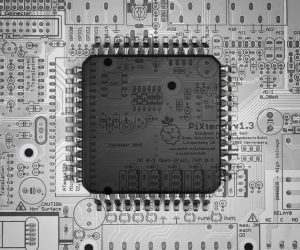


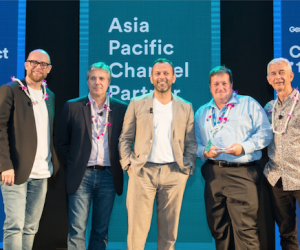

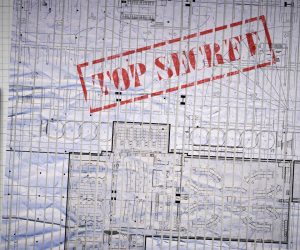
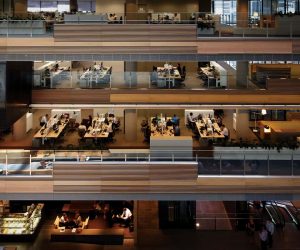
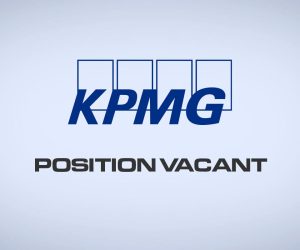


RESPONSES